Reel-to-reel tape decks, also known as open-reel tape recorders, were once the standard for high-fidelity audio recording and playback. These devices, which use large reels of magnetic tape to record and playback sound, have largely been replaced by digital recording technology in recent years, but they still hold a special place in the hearts of audiophiles and music enthusiasts.
The reel-to-reel tape deck was first introduced in the 1940s and quickly became the preferred method of recording and playback for professional studios and musicians. The technology behind the reel-to-reel tape deck allowed for a level of sound quality that was unmatched by other recording methods of the time. The use of magnetic tape, which is coated with a thin layer of iron oxide, made it possible to record sound with a high degree of accuracy and clarity.
One of the key advantages of reel-to-reel tape decks was their ability to record multiple tracks simultaneously. This allowed for the creation of complex, multi-layered recordings that were not possible with other recording methods. Additionally, the tape deck's ability to record at different speeds and in different formats (such as stereo or quadraphonic) made it a versatile tool for recording and production.
Despite the many advantages of reel-to-reel tape decks, their popularity began to decline in the 1970s with the introduction of compact cassette tapes and, later, digital recording technology. Today, reel-to-reel tape decks are considered a niche market, with only a small number of manufacturers still producing them.
However, the unique sound of reel-to-reel tape recordings has led to a resurgence in interest in these devices in recent years. Many musicians and audiophiles prefer the warm, natural sound of reel-to-reel tapes over the more clinical sound of digital recordings. Some even argue that the analog nature of reel-to-reel tapes adds a sense of warmth and character to the recording that cannot be replicated with digital technology.
In conclusion, Reel-to-reel tape decks and its legacy still holds a special place in the hearts of audiophiles and music enthusiasts. The unique sound of reel-to-reel tape recordings has led to a resurgence in interest in these devices in recent years. Whether you're a professional musician or just a music lover, the reel-to-reel tape deck is a piece of audio history that is worth preserving and experiencing.
To celebrate this resurgence, Hifishark and Catawiki join forces to bring the best of the experiences if you are looking to acquire or invest in one of these technical marvels. Note that links to specific items in the following are affiliated. Catawiki will track your use of these links in order to gouge the success of our collaboration and reward us for referrals that lead to sales.
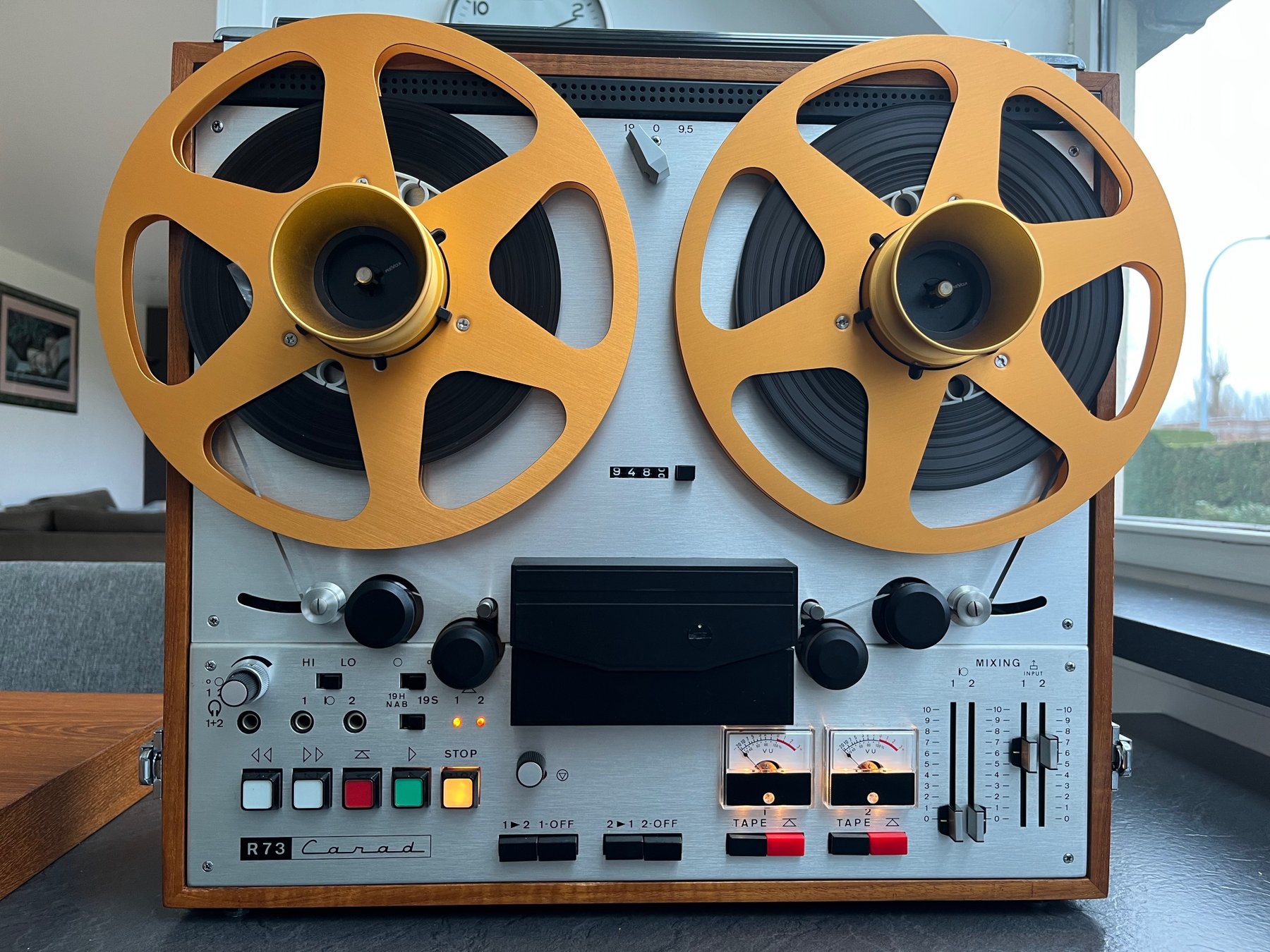
|
Carad R73The Carad R73 is a professional solid state 2 track machine, with permalloy heads, extraordinarily built in Belgium. A must-have for any collector or enthusiast in high level Reel to Reel machines. |
|
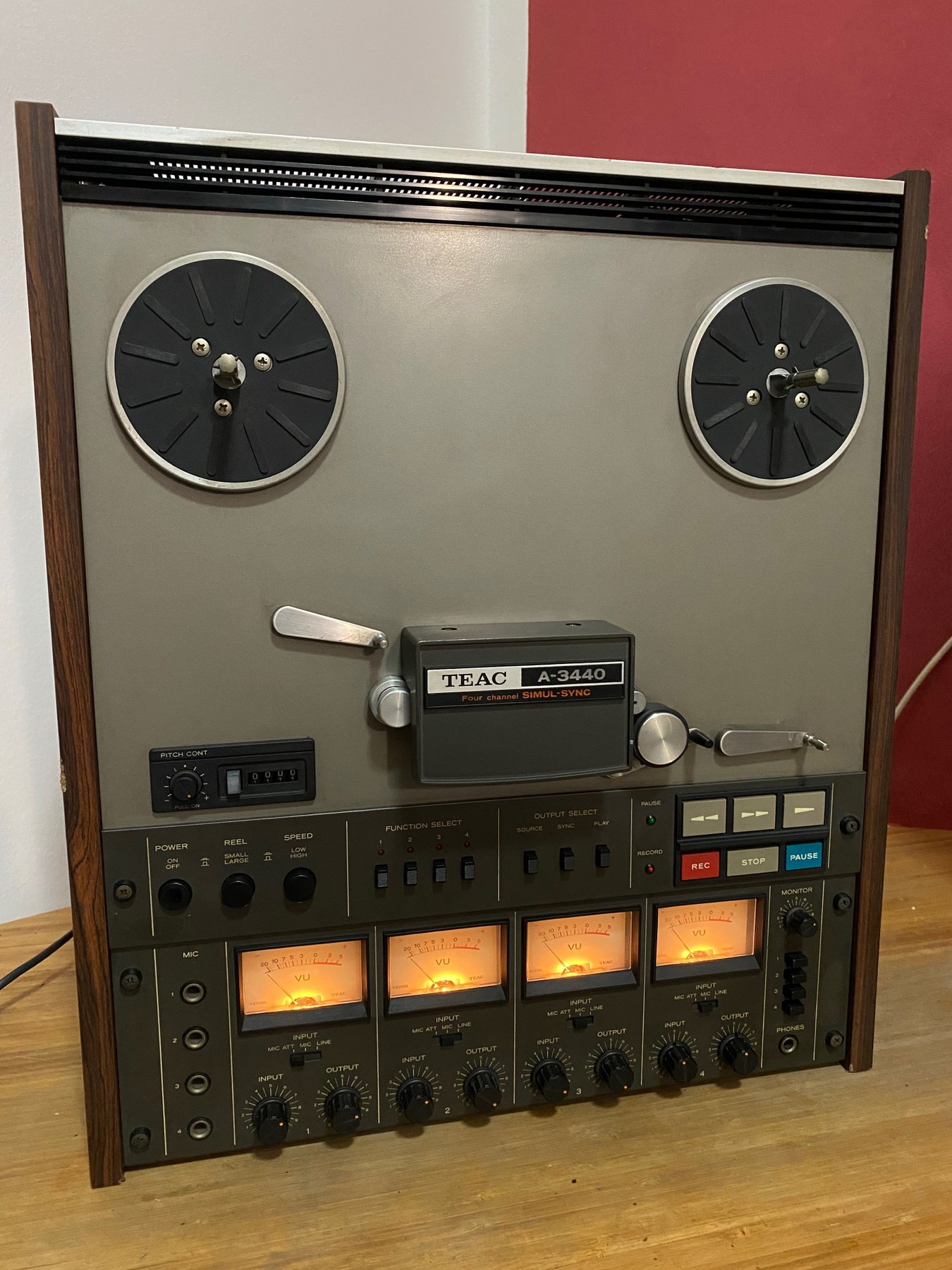
|
TEAC A-3440The TEAC A-3440 is a semi-professional home application track machine with Simul-Sync. The Simul-Sync feature permits the recording of discrete but synchronised program material on all four tape tracks. Featuring Permalloy Heads. As successor of the TEAC A-3340S this implements the very best of TEAC innovative technology back in the 80's. |
|

|
Akai GX-255The Akai GX-255 is one of the last Akai 200 series, with the famous Akai GX Heads. You can rarely find it in good condition, let alone the magnificent state of this exclusive black model. |
|
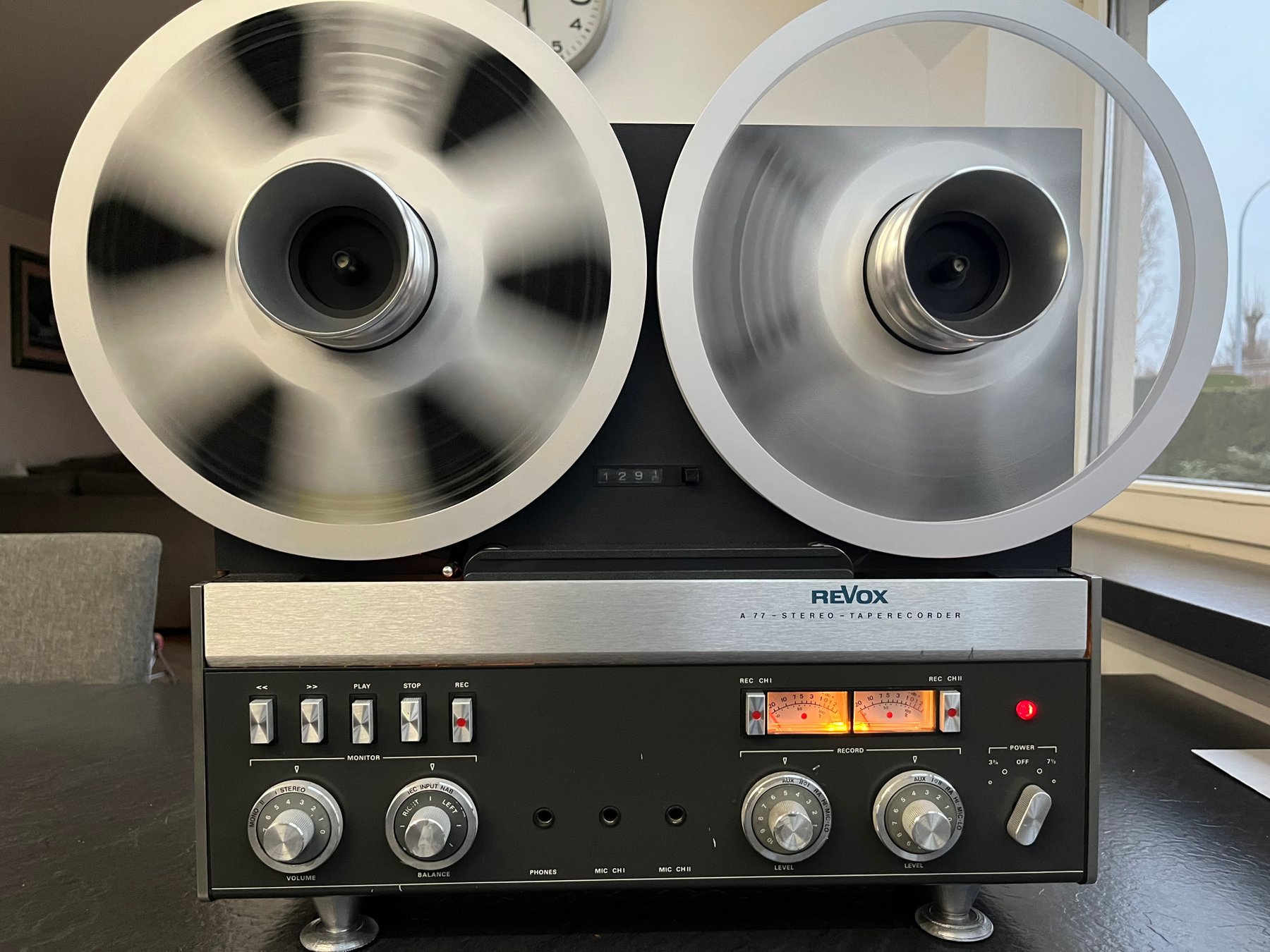
|
Revox A77 Mark IVThe Revox A77 Mark IV is the latest model of the iconic deck featuring optimised capstan servo control, improved Audio Cards, and a new front. Revox, and their units, are internationally known as pioneers of reel to reel recording with devices built up to Swiss standards. In this case with an interesting set of aftermarket modifications that includes a remote control. |
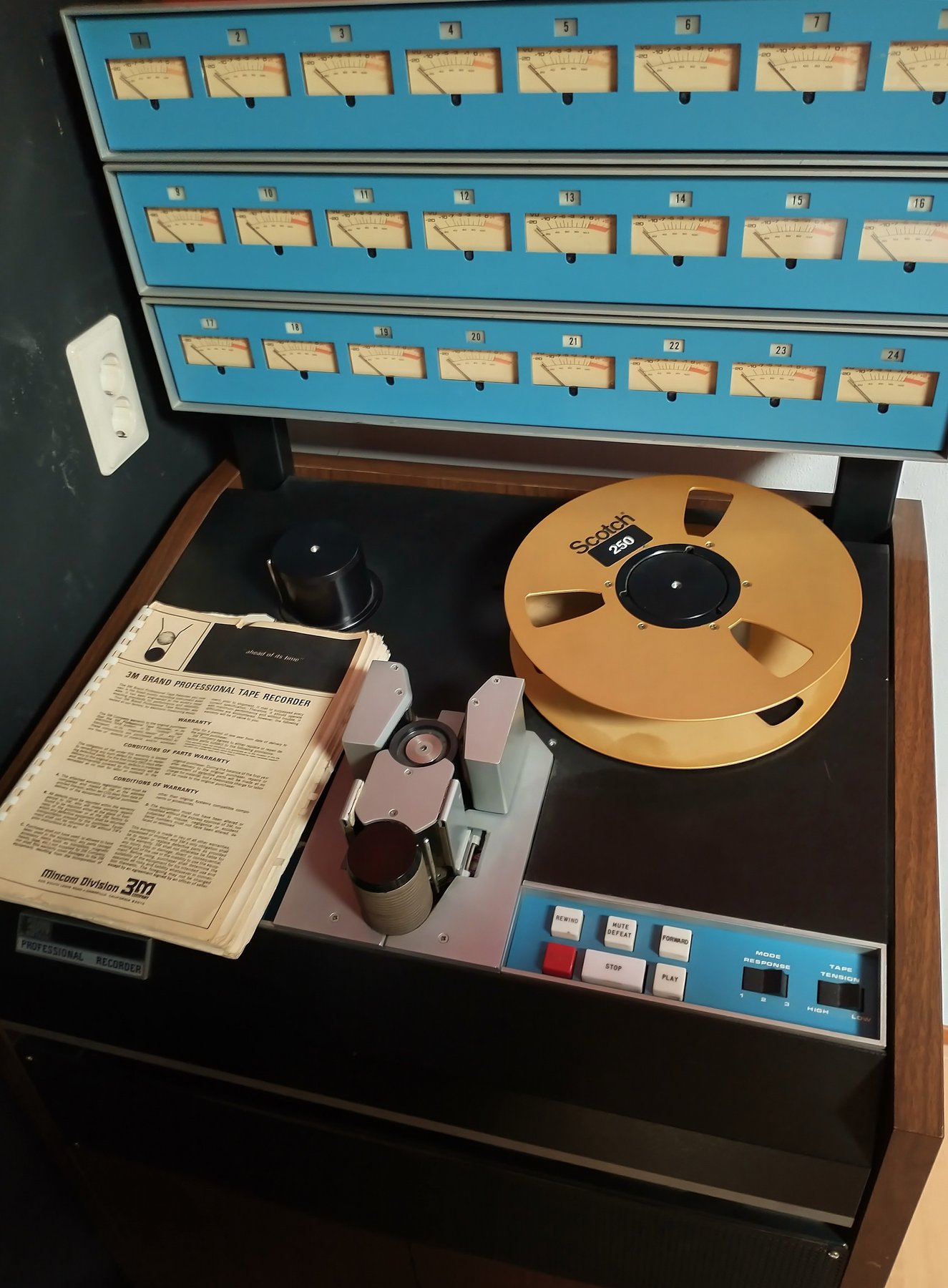
|
3M M79The 3M M79 is a versatile tape recorder for producing superior quality master recording tapes. It has been used in Studio by the Rolling Stones. Led zeppelin and Deep purple among others. A machine with history and fame in the professional area. |
|
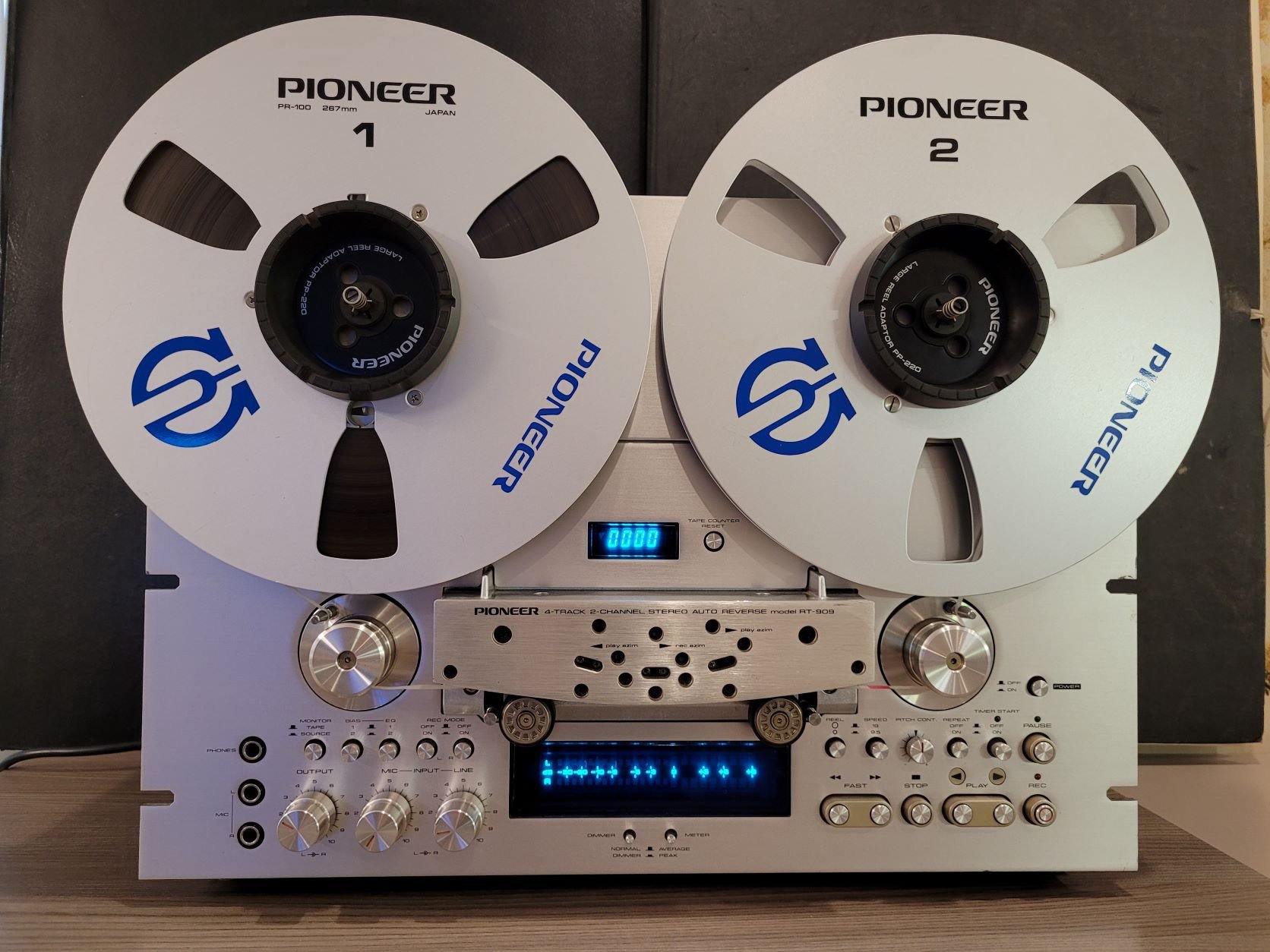
|
Pioneer RT-909The Pioneer 3-motor deck advances the open-reel format beyond anything offered in the cassette format by adding auto reverse / repeat playback and many other functions. The Pioneer RT-909 is without a doubt made for the person with great musical ambitions and strongly professional preferences. |
|
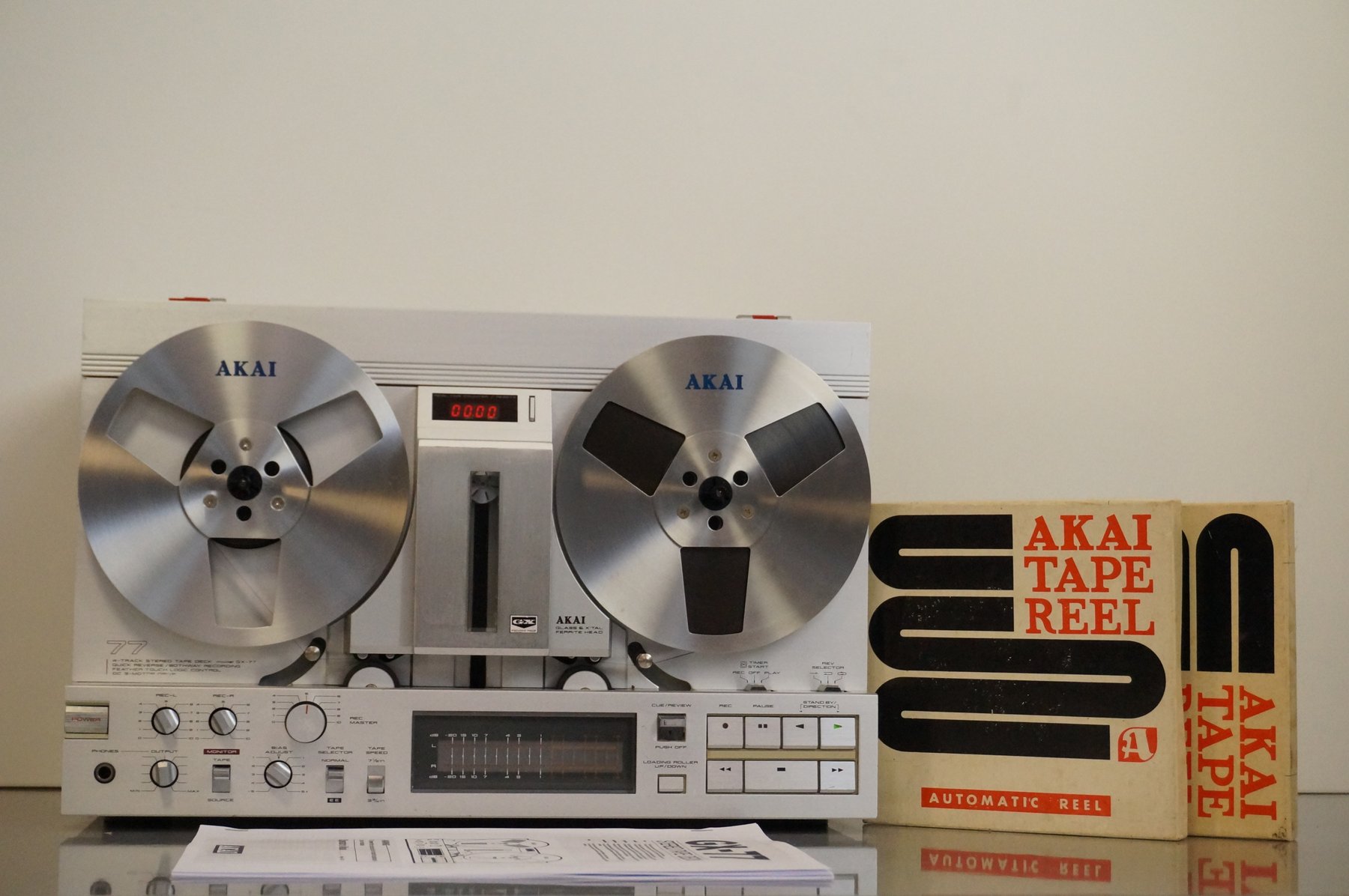
|
Akai GX-77The Akai GX-77 open-reel deck is made to play both traditional and EE (Extra Efficiency) chrome-type tapes. a 6-head, 7-inch-reel, two-speed (7.1/2 and 3-3/4 inches per second) machine. The GX-77 is equipped to record and playback in both directions. In order to prevent tape damage from quick mode switching and to enable instantaneous direction shift during normal-speed recording or playback, the transport push buttons control logic-controlled solenoids. Let’s not forget, it is a beautiful machine as well |
|

|
Revox A77The Revox A77's well-known consistency is the consequence of a skilled design idea that successfully blends the benefits of a well-made tape transport mechanism with those of a cutting-edge electronic circuit design. Perhaps, the most popular among those who have heard it or seen it on various radio stations in the past. |
Share article